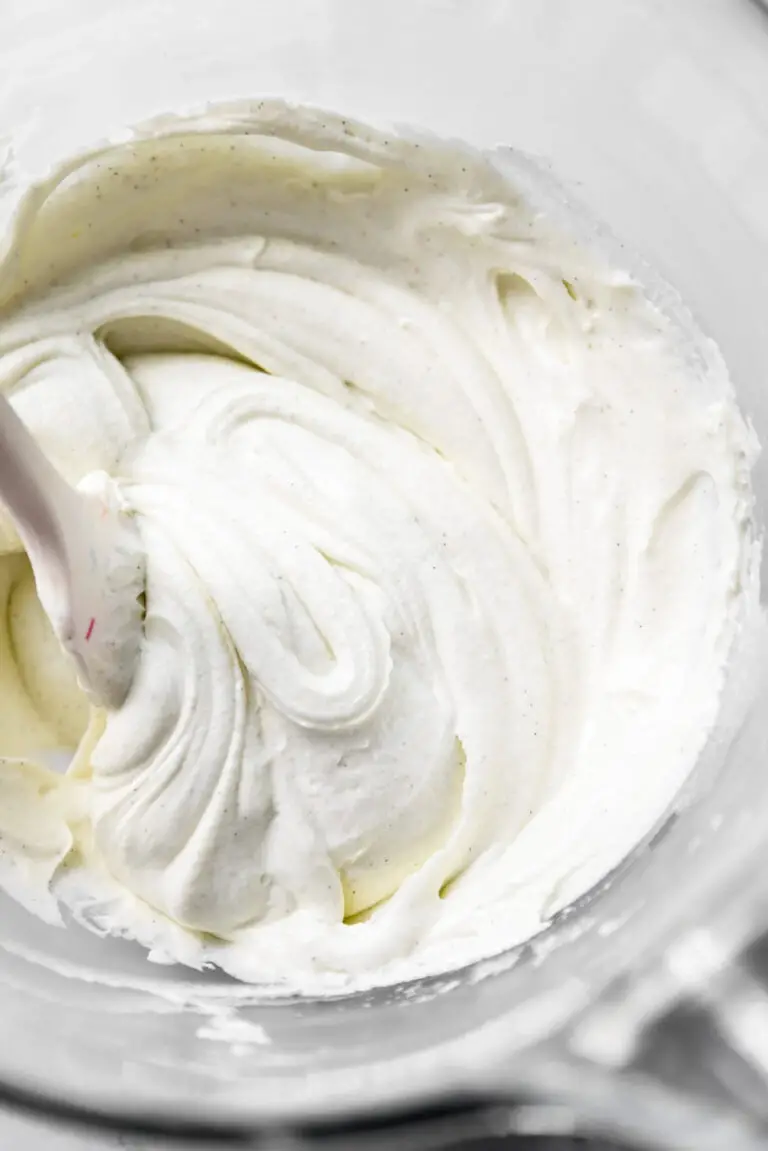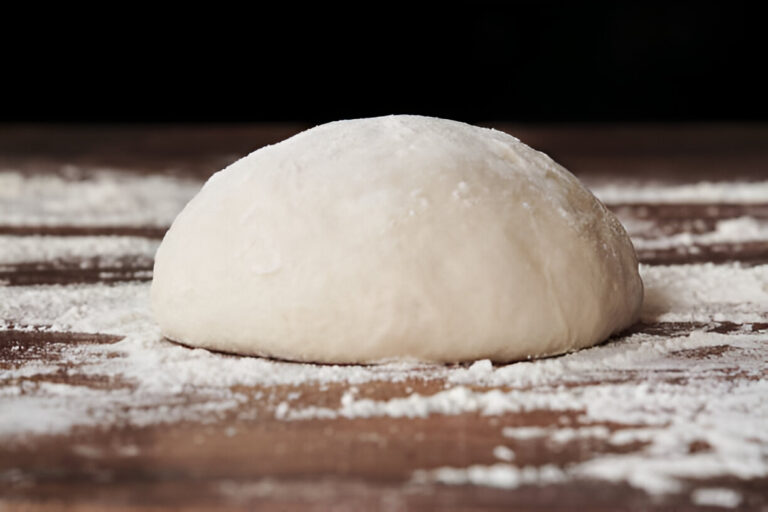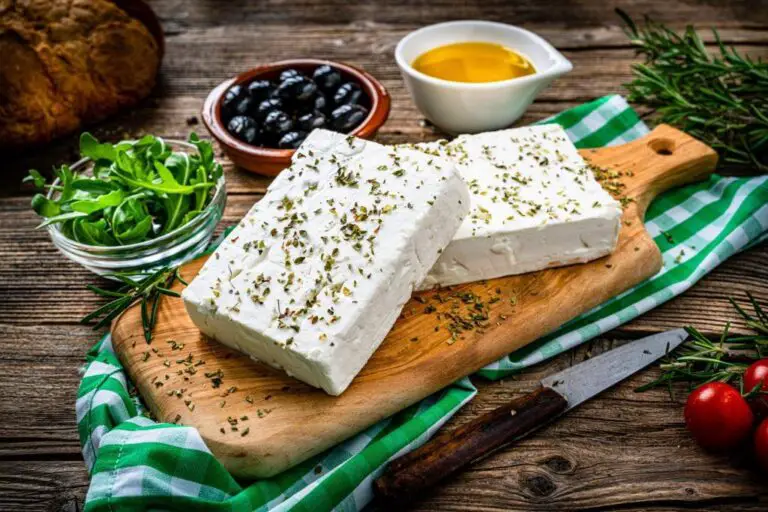What Does Gumbo Taste Like? What Is Gumbo’s Secret Ingredient?
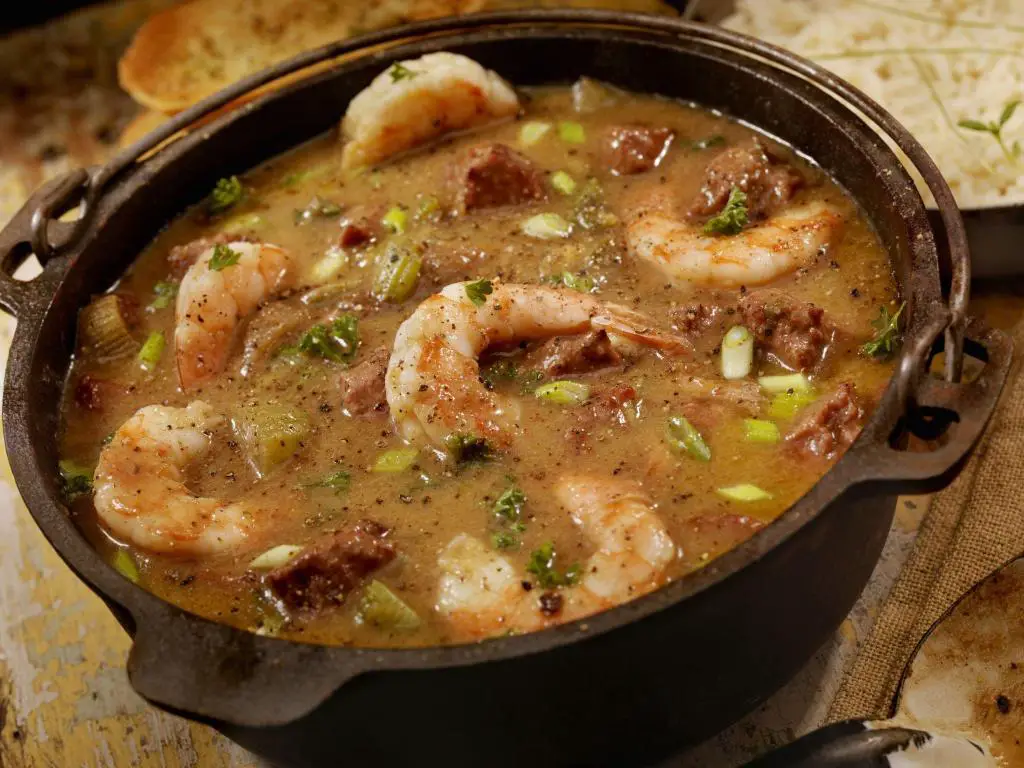
If you’ve ever explored Southern cuisine, you’ve probably tasted the delicious gumbo. This famous dish, which is a mix of African, French, Spanish, and Native American cooking styles, is a culinary masterpiece that will tantalize your taste buds and stay with you for a long time.
Have you ever wondered, “What Does Gumbo Taste Like? What Is Gumbo’s Secret Ingredient?” These questions beckon us to unravel the culinary mystique that makes gumbo an enchanting experience.
We will learn about gumbo’s secret weapon, the elusive roux, and the dance of spices that makes it better than other stews as we go on this tasty adventure. Get ready to tease your taste buds and discover why gumbo is more than a dish—it’s a celebration of tradition, diversity, and the artistry of Southern cooking.
The Essence of Gumbo
Gumbo is more than just a dish; it’s a celebration of flavors that dance harmoniously in a single pot. Gumbo is basically a hearty stew made with a mix of things like meat or shellfish, vegetables, and a thick, flavorful broth. What sets gumbo apart is its unique blend of spices, herbs, and, of course, the mysterious roux.
1. The Roux: Gumbo’s Secret Weapon
Let’s dive into the heart of gumbo—the roux. Imagine a smooth blend of flour and fat, carefully stirred and simmered to create a golden-brown elixir. This mixture is the key to gumbo’s delicious taste. The roux is the alchemist’s touch, the secret ingredient that elevates gumbo from a mere stew to a culinary symphony.
Here’s a simple breakdown of the roux-making process:
| Ingredients | Proportions |
| Flour | 1 cup |
| Fat (oil, lard) | 1 cup |
Steps to Make Roux:
- Combine: Mix the flour and fat in a pan over medium heat.
- Stir: Keep stirring continuously to prevent burning. The magic happens as the mixture darkens.
- Patience: The color of the roux is crucial. A light roux imparts a nutty flavor, while a dark roux brings a smoky richness.
- Cool: Once achieved, let the roux cool before incorporating it into your gumbo.
2. Meat or Seafood: A Culinary Canvas
Gumbo is a versatile canvas, allowing for a variety of proteins to take center stage. Whether it’s succulent andouille sausage, tender chicken, or the briny bounty of the sea with shrimp and crab, the choice is yours. The protein choices make the gumbo more interesting and tasty with every bite.
3. The Trinity: Holy Grail of Gumbo Flavors
No gumbo is complete without the triumphant trio of onions, bell peppers, and celery, commonly referred to as the “holy trinity.” Many Southern dishes are built on this fragrant combination. Gumbo has a fragrant base that sets the stage for the symphony of flavors that follow.
So, What Does Gumbo Taste Like?
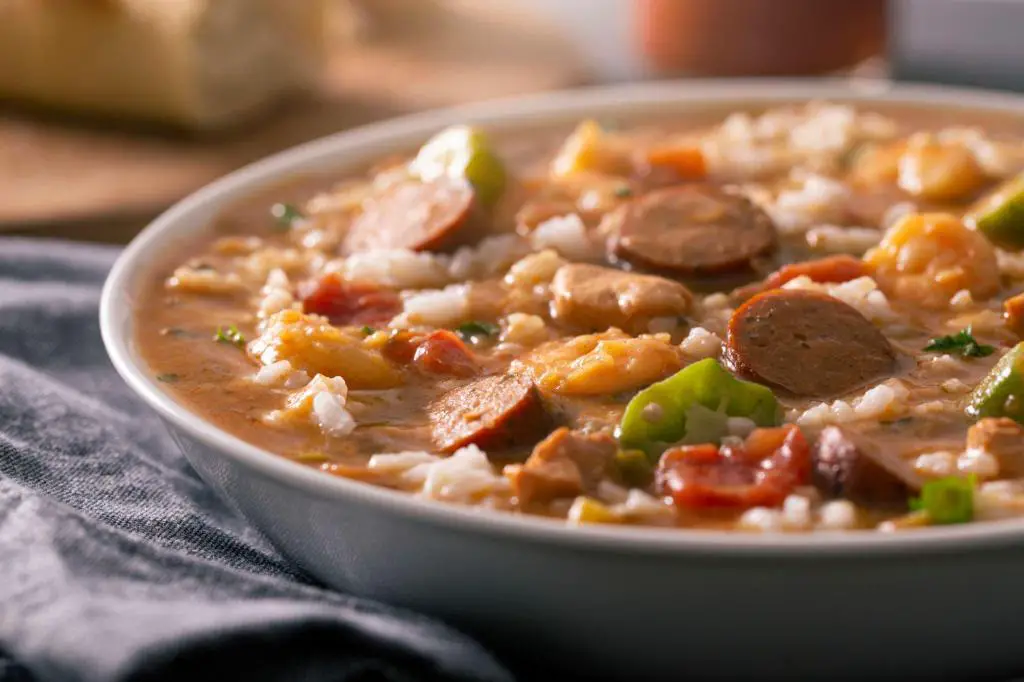
Describing the taste of gumbo is like capturing the essence of a melody with words—a challenging but delightful endeavor. Imagine a spoonful of warmth—a harmonious blend of savory and spicy notes enveloping your taste buds.
The roux contributes a nuanced nuttiness, while the holy trinity adds a sweet and aromatic melody. The protein, whether meat or seafood, introduces layers of richness, and the spices unite in a crescendo of flavors that linger long after the last spoonful.
Gumbo is comfort in a bowl, a taste of tradition that varies from kitchen to kitchen, each rendition as unique as the hands that craft it. Some gumbo recipes lean towards a thicker consistency, reminiscent of a stew, while others embrace a soupier profile. The beauty lies in its adaptability; gumbo is a reflection of the cook’s artistry and the regional influences that shape its identity.
Exploring Regional Gumbo Varieties
As you travel along the Gulf Coast and beyond, you will notice different regional flavors in the gumbo.
1. Creole Gumbo: A Touch of Elegance
Hailing from the city of New Orleans, Creole gumbo is a refined and elegant rendition. It often features a lighter roux, emphasizing the influence of French culinary techniques. Seafood takes the spotlight, with shrimp, crab, and oysters gracefully dancing in the flavorful broth.
2. Cajun Gumbo: Rustic and Robust
Venture into the heart of Cajun country, and you’ll encounter a gumbo with a bolder and heartier character. The roux tends to be darker, creating a robust flavor profile that complements the inclusion of andouille sausage, duck, or game meats. Cajun gumbo is a celebration of rustic charm and robust flavors.
3. Gumbo Z’herbes: A Vegetarian Overture
For those seeking a plant-based rendition, Gumbo Z’herbes takes the stage. This vegetarian gumbo shows how versatile the dish can be by being full of different kinds of greens like collards, spinach, and mustard greens. The absence of meat doesn’t diminish the symphony of flavors; instead, it introduces a fresh and vibrant melody.
Is Gumbo the Same as Jambalaya?
Gumbo and jambalaya are famous dishes in Louisiana that combine Creole and Cajun flavors. Outside of the southern region, people also enjoy these dishes. These culinary siblings share a multicultural heritage, yet their journey takes distinct turns on the plate.
Gumbo is a hearty stew made with a roux-based sauce that covers a variety of meats, seafood, and vegetables that work well together. On the other side of the culinary spectrum, jambalaya is a one-pot wonder where rice takes center stage, absorbing the essence of spices, meats, and vegetables.
Let’s delve into the key distinctions:
| Aspect | Gumbo | Jambalaya |
| Rice Role | Integral but separate from main dish | Central, absorbing flavors in one pot |
| Consistency | Stew-like with a flavorful broth | Rice-based, achieving a paella-like consistency |
Gumbo and jambalaya both have the Louisiana spirit, but what makes them different is their use of rice. This creates a tasty experience for food lovers.
In Conclusion
In the world of culinary compositions, gumbo stands as a masterpiece. Its taste is a journey through history, a melange of cultures and flavors that converge in a single pot. The roux is the secret ingredient that adds flavor, while the protein, vegetables, and spices also contribute.
So, the next time you savor a bowl of gumbo, relish in the complexity of flavors and appreciate the culinary craftsmanship that transforms a humble stew into a gastronomic delight. Gumbo is not just a dish; it’s a celebration, an ode to Southern culinary ingenuity that continues to enchant palates around the world.
FAQs
How do you thicken gumbo without using a roux?
You can thicken gumbo without a roux. Use file powder, okra, or ground sassafras leaves. They act as natural thickeners.
What is the difference between Creole and Cajun gumbo?
Creole gumbo often includes tomatoes and a wider array of ingredients, while Cajun gumbo tends to be spicier and features fewer ingredients, often emphasizing a darker roux and the use of local game meats.
Can you freeze gumbo for later consumption?
Yes, gumbo can be frozen for later consumption. Ensure it’s stored in airtight containers, leaving some space for expansion. Thaw it in the refrigerator before reheating for the best results.
How do you make gumbo less spicy without compromising the flavor?
To make gumbo less spicy, add a dairy element like sour cream or heavy cream. This will mellow the heat while keeping the rich flavor.
Can gumbo be made in a vegetarian or vegan version?
You can make vegetarian or vegan gumbo by using vegetable stock, tofu or tempeh, okra, and filé powder. The dish will still taste great.

